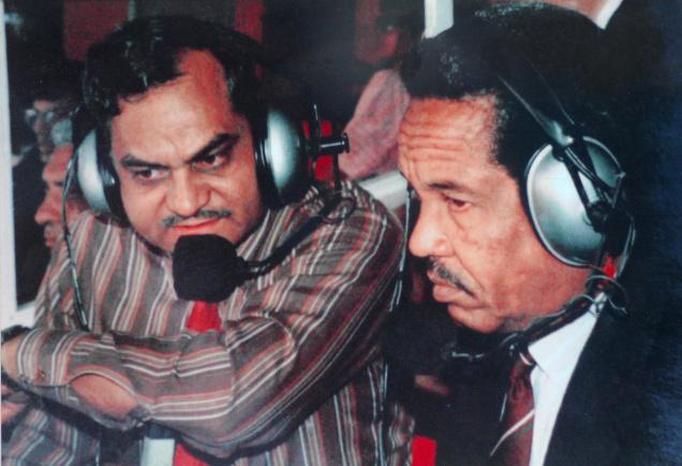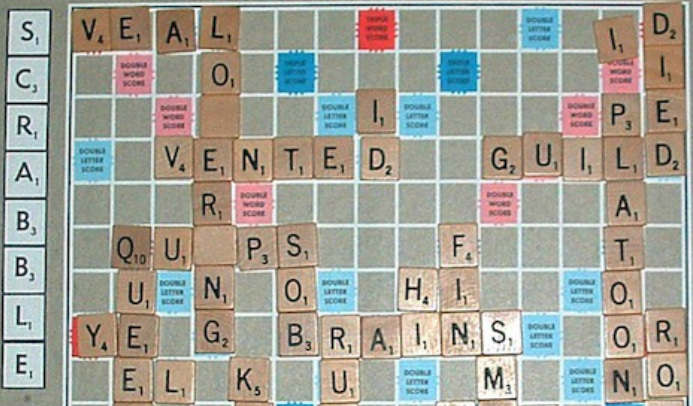We usually watch events on ESPN, or Star Sports. Occasionally, we go to good old Doordarshan. Sometimes they telecast a sporting event no one else is showing. Watching events on Doordarshan is a different sort of experience, because the commentary is in Hindi. And it's good Hindi. I realized it's been ages since I watched TV in Hindi. It pleasantly exercised my mind to listen to and recall the meaning of Hindi terms such as pratiyogita, khiladi, rajat, muqabbla, mukkebaazi and so on. I was struggling to understand out what kansya padak meant. The context helped; it is the word for bronze medal. These wonderful words took me back to class 10, the only time I had developed a reasonably strong Hindi vocabulary.
One rarely gets to hear this kind of good, or should I say shudh Hindi in this part of the country. The last time I heard people using such words was in Ahmedabad, when a friend hailing from the Himalayas talked. Her spoken Hindi was so good, to novices like me it felt as if a sage was reading an ancient granth. The true Hindi of north India has a beautiful vocabulary, and is pleasant to hear. The Bambaiya Hindi (freely used in Mumbai and a lot of Pune) is a bhel-puri of Hindi, inflections of other tongues, Marathi syntax and grammar, the occasional Gujarati slang, and just about anything thrown in. It's a language of its own, with jewels such as tu kai ko karta hai?, hum wahan jayenga and so on. It's both hilarious and insulting to those who uphold the 'pure' Hindi, but it works for the great masses such as myself. It lets us communicate. To get our dose of the good stuff, we turn to DD.


